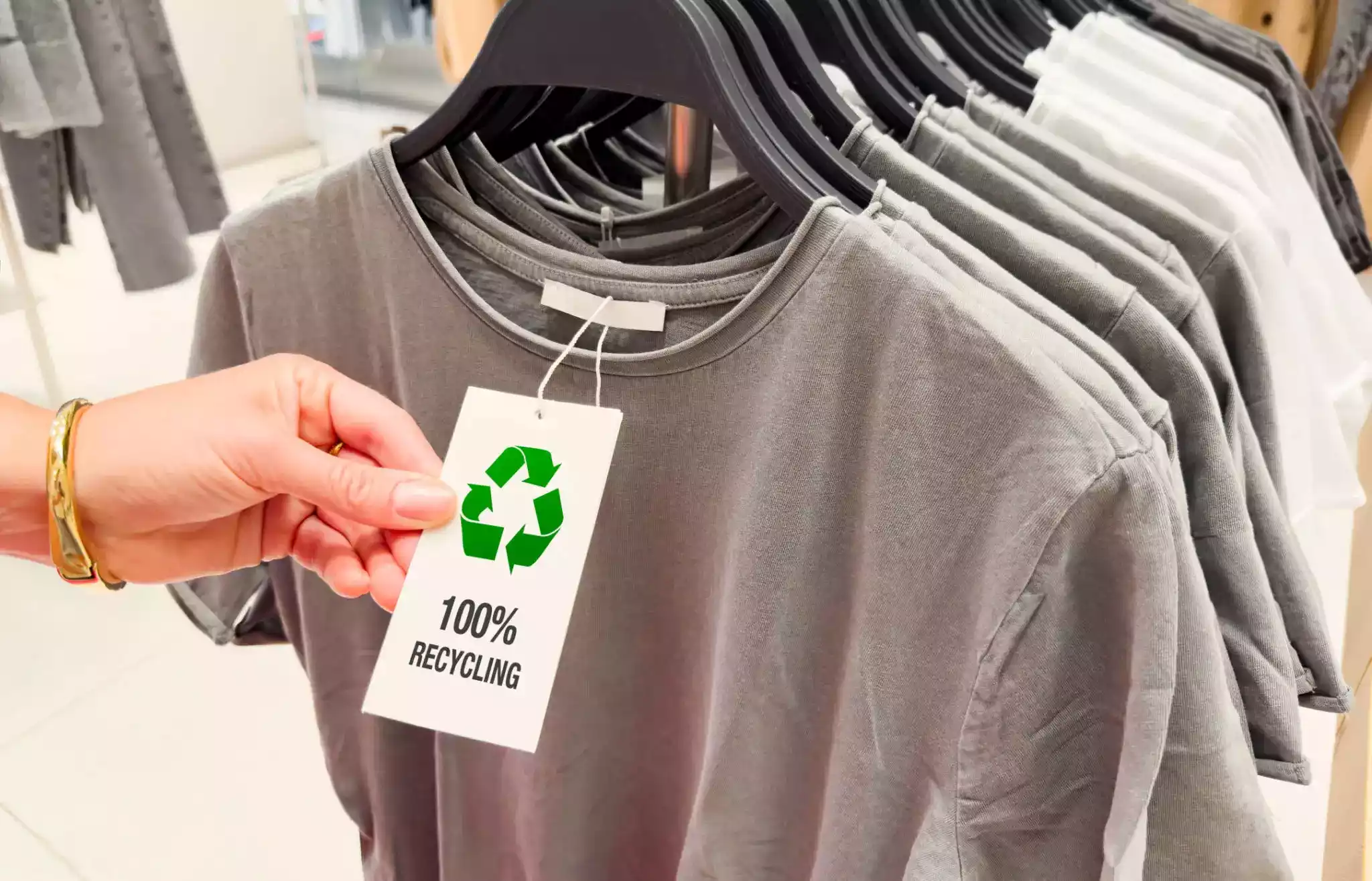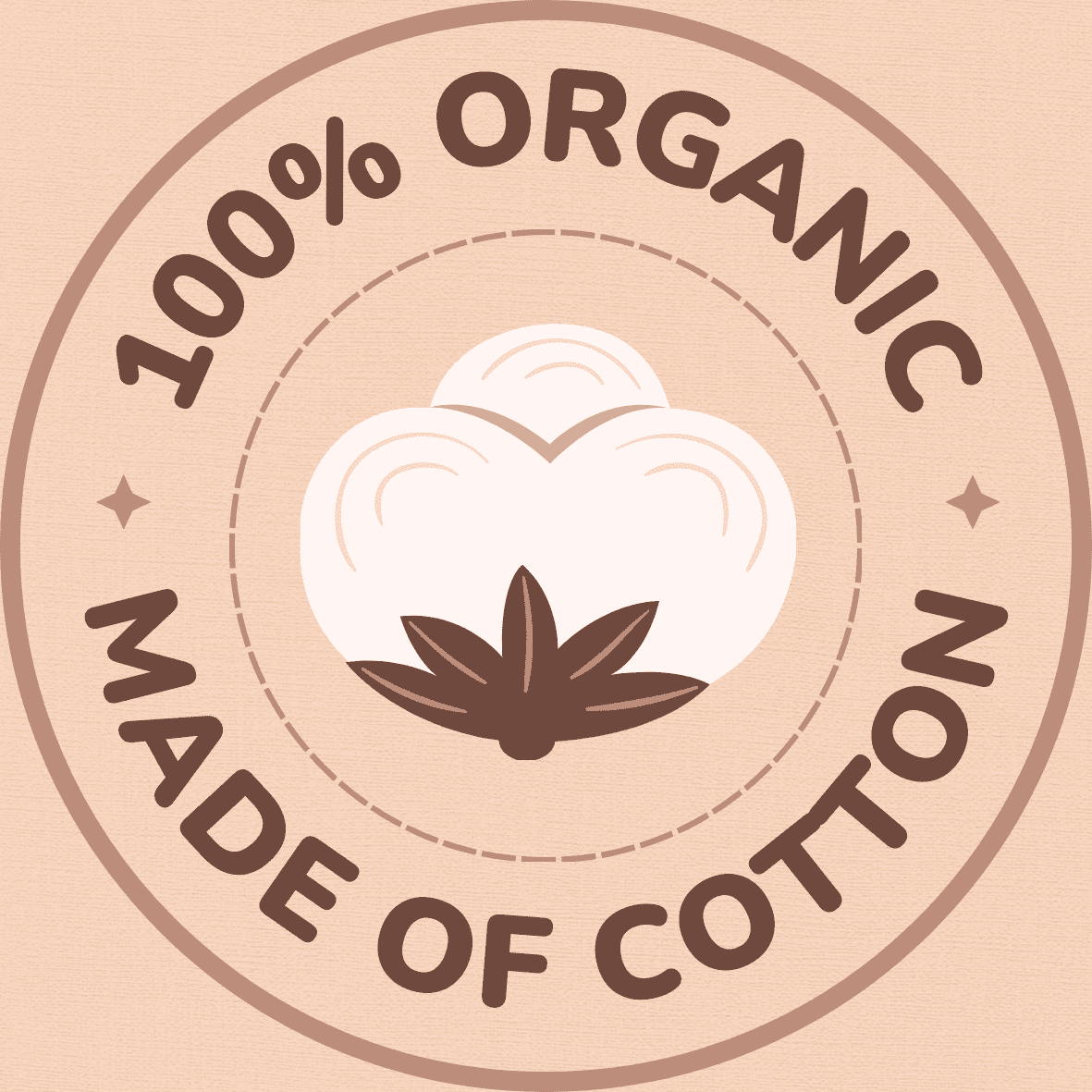Tap into the vast potential of apparel suppliers from China, offering a wide range of options to bring your fashion vision to life.
The Rising Influence of China in the Global Fashion Industry
China’s influence in the global fashion industry has been steadily rising in recent years, thanks to its dominance as a fashion manufacturing hub. With a vast network of apparel suppliers, China has become the go-to destination for many fashion brands and retailers looking to source their products. The country’s competitive pricing, efficient production capabilities, and extensive supply chain infrastructure have made it an attractive option for businesses worldwide.
The dominance of Chinese apparel suppliers in the global fashion industry can be attributed to a variety of factors. One of the key advantages is China’s vast labor force, which allows for large-scale production at a relatively low cost. Additionally, the country’s well-developed transportation and logistics systems enable efficient distribution of fashion products to markets around the world. Moreover, Chinese suppliers have been able to adapt and innovate quickly, keeping pace with the ever-changing demands and trends of the fashion industry. With these factors in play, it is no surprise that China’s influence in the global fashion industry continues to grow.
Exploring China’s Dominance as a Fashion Manufacturing Hub
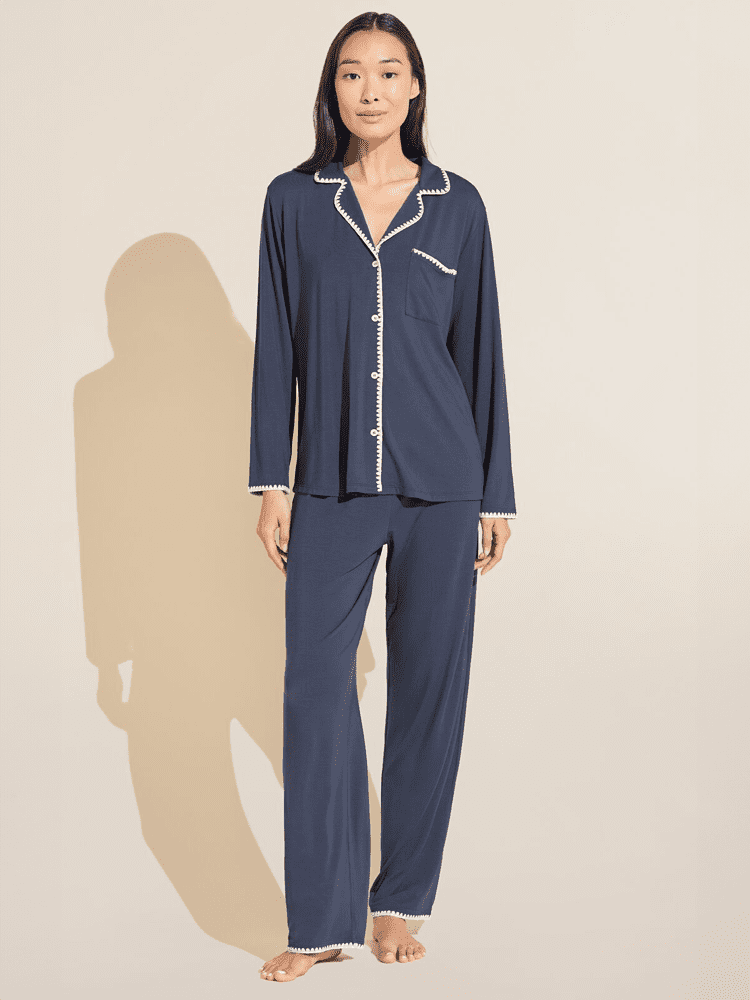
China has gradually emerged as a dominant force in the global fashion industry, particularly in the field of manufacturing. The massive scale and efficiency of China’s apparel manufacturers have made the country a preferred choice for many brands and retailers worldwide. With a vast network of suppliers and factories, China has the capacity to produce fashion products at a large scale and competitive prices. This not only allows for cost-effective production but also enables brands to meet the demands of a fast-paced industry.
Moreover, China’s apparel suppliers have been successful in adapting to the ever-changing trends of the fashion industry. They possess the technological capabilities and expertise to create a wide range of designs and styles, catering to the diverse needs of clients. These suppliers also have access to a variety of materials, allowing for innovation and experimentation in the production process. As a result, they are able to produce high-quality garments that meet international standards and satisfy the expectations of fashion-conscious consumers. The combination of skilled labor, advanced technology, and a robust supply chain has contributed to China’s dominance as a fashion manufacturing hub.
Understanding the Factors That Make China an Attractive Apparel Supplier
China has emerged as a dominant force in the global fashion industry, particularly in the realm of apparel manufacturing. The country’s vast infrastructure, extensive supply chain, and low labor costs make it an attractive destination for brands and retailers seeking to produce their clothing lines at scale. The presence of numerous China clothing factories and vendors further solidifies its position as a hub for apparel production.
One of the primary factors that make China an attractive apparel supplier is its immense manufacturing capacity. With a large population and a well-developed manufacturing infrastructure, China has the ability to produce clothing in large quantities and meet the demands of global brands. This scale of production enables companies to achieve economies of scale and reduce production costs, ultimately leading to competitive pricing for consumers.
Additionally, China’s extensive supply chain networks contribute to its attractiveness as an apparel supplier. The country offers a vast array of raw materials, textiles, and components necessary for garment production. This availability of resources streamlines the manufacturing process and reduces lead times, allowing brands to get their products to market quickly. The abundance of skilled workers in China, coupled with their expertise in garment manufacturing, further enhances its appeal as a reliable and efficient apparel supplier.
Overall, the combination of China’s manufacturing capacity, supply chain efficiency, and cost competitiveness has made it a highly attractive choice for brands and retailers in the global fashion industry. The country’s ability to produce large volumes of clothing and offer a diverse range of materials and components has established it as a dominant player in the apparel manufacturing sector. As the fashion industry continues to evolve, China is expected to play a crucial role in shaping its future landscape.
Navigating the Complexities of Sourcing Fashion Products from China
When it comes to sourcing fashion products from China, navigating the complexities can be a challenge. With the country’s vast manufacturing capabilities and wide range of suppliers, it can be overwhelming to find the right ones to work with. One important aspect is to ensure that you order clothes from China with a clear understanding of your specific needs and requirements. This will help you narrow down your search and find suppliers who can meet your expectations in terms of product quality, pricing, and delivery timelines.
Another key consideration is the option to buy clothes in bulk from China. This can be a cost-effective approach for businesses looking to stock up on inventory and reduce production costs. However, selecting the right supplier for bulk orders requires careful due diligence. It is crucial to thoroughly research and vet potential suppliers, ensuring that they have the capacity to fulfill large orders consistently and efficiently. Additionally, establishing effective communication channels and building a strong relationship with the chosen supplier can help streamline the ordering process and mitigate any potential challenges that may arise.
Evaluating the Quality and Ethical Standards of Chinese Apparel Suppliers
When sourcing fashion products from China, evaluating the quality and ethical standards of Chinese apparel suppliers is crucial. With a vast number of China apparel wholesale suppliers available, it is important to conduct thorough research and due diligence to ensure that you are partnering with reliable and reputable suppliers.
One way to assess the quality of Chinese apparel suppliers is by requesting product samples before placing large orders. This allows you to physically inspect the materials, workmanship, and overall quality of the products. Additionally, conducting factory audits can provide insights into the suppliers’ manufacturing processes, quality control measures, and adherence to ethical standards. Look for certifications such as ISO 9001 or WRAP (Worldwide Responsible Accredited Production) as indicators of a supplier’s commitment to quality and ethical practices.
When it comes to ethical standards, it is essential to inquire about the working conditions and labor practices followed by the China wholesale apparel suppliers. Ask for details about their policies regarding fair wages, working hours, child labor, and worker safety. Choosing suppliers who prioritize ethical sourcing and adhere to international labor standards can help you build a more sustainable and socially responsible supply chain. By carefully evaluating the quality and ethical standards of Chinese apparel suppliers, you can ensure that your products meet high standards and align with your brand values.
Tips for Finding Reliable and Trustworthy Apparel Suppliers in China
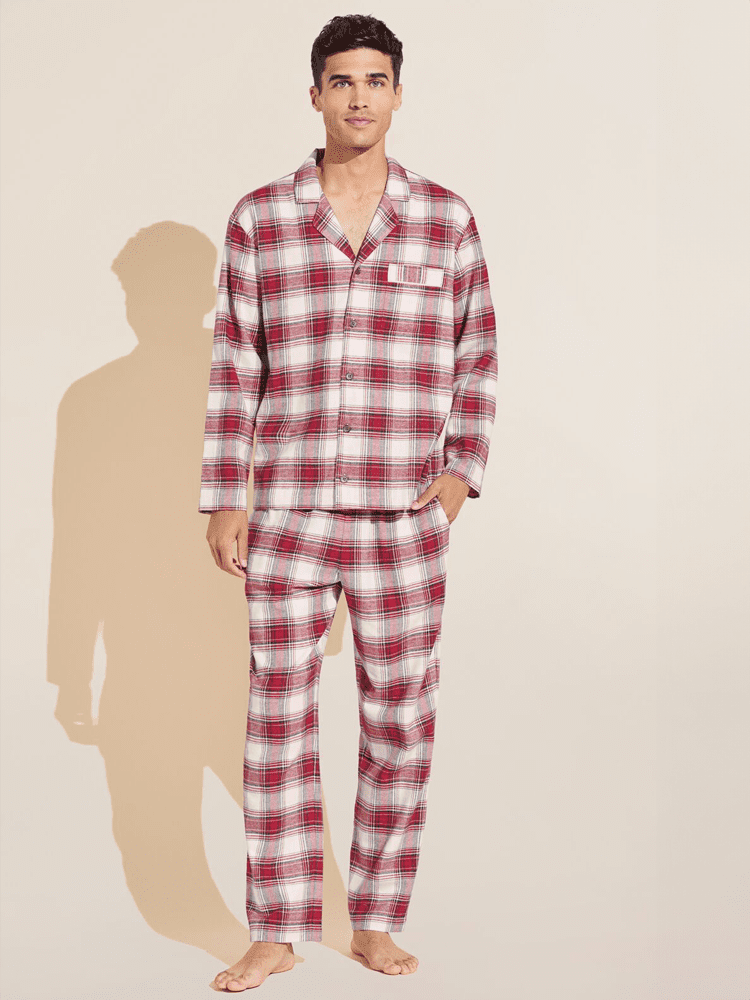
Finding reliable and trustworthy apparel suppliers in China can be a crucial factor in the success of your fashion business. With the country’s vast market and numerous options available, it is essential to navigate through the sea of wholesale apparel suppliers in China to find the most suitable ones for your needs. One effective way to ensure quality and reliability is to carefully research and identify high-quality clothing manufacturers in China. Look for manufacturers with a track record of producing consistent and high-standard products. You can begin by checking their industry reputation, customer reviews, and certifications to validate their credibility. Additionally, consider attending trade shows and exhibitions in China to meet potential suppliers face-to-face, as this will allow you to assess their professionalism and build a trustworthy relationship.
How to Negotiate Pricing and Payment Terms with Chinese Apparel Suppliers
To negotiate pricing and payment terms with Chinese apparel suppliers, it is important to first understand the dynamics of the market. One effective way to access a wide variety of suppliers is by using online B2B marketplaces in China. These platforms provide a convenient and efficient means of connecting with potential suppliers, allowing you to browse through a vast array of products and compare prices to ensure you are getting the best deal. By utilizing these marketplaces, you can easily find suppliers who specialize in working with American clothing brands made in China, ensuring that they are familiar with the specific requirements and quality standards expected in the western market.
When engaging in negotiations, it is crucial to adopt a professional approach. Make sure to clearly communicate your expectations and requirements to the supplier, as transparency is key to avoiding misunderstandings. Additionally, it is advisable to conduct thorough research on the standard pricing of similar products in the market. This will provide you with a benchmark to evaluate the quotes received from different suppliers, enabling you to negotiate from a position of knowledge and fairness. Remember to be respectful and maintain a cooperative attitude throughout the negotiation process, as building a mutually beneficial relationship can lead to long-term success in working with Chinese apparel suppliers.
Overcoming Language and Cultural Barriers When Dealing with Chinese Suppliers
Overcoming language and cultural barriers when dealing with Chinese suppliers can be a crucial aspect of successful business relationships. When working with clothing manufacturers in China, especially when ordering small quantities or looking for wholesale urban clothing options, it is important to be prepared for potential communication challenges. China’s vast and diverse culture, along with its Mandarin language, can create obstacles for effective communication. However, by adopting a professional and open-minded approach, these barriers can be overcome.
To navigate language barriers, it is advisable to engage with Chinese suppliers who have English-speaking representatives or employ translators to facilitate communication. This can help ensure that both parties clearly understand each other’s requirements and expectations. Additionally, utilizing translation tools and software can aid in bridging the language gap. Cultural differences can also impact business interactions, so it is essential to be mindful of Chinese customs and etiquette. Employing a respectful and patient approach while negotiating or discussing business matters can foster strong relationships with Chinese suppliers and enhance the overall collaboration.
• Engage with Chinese suppliers who have English-speaking representatives or translators
• Utilize translation tools and software to bridge the language gap
• Be mindful of Chinese customs and etiquette in business interactions
• Employ a respectful and patient approach while negotiating or discussing business matters
Avoiding Common Pitfalls and Challenges When Working with Chinese Apparel Suppliers
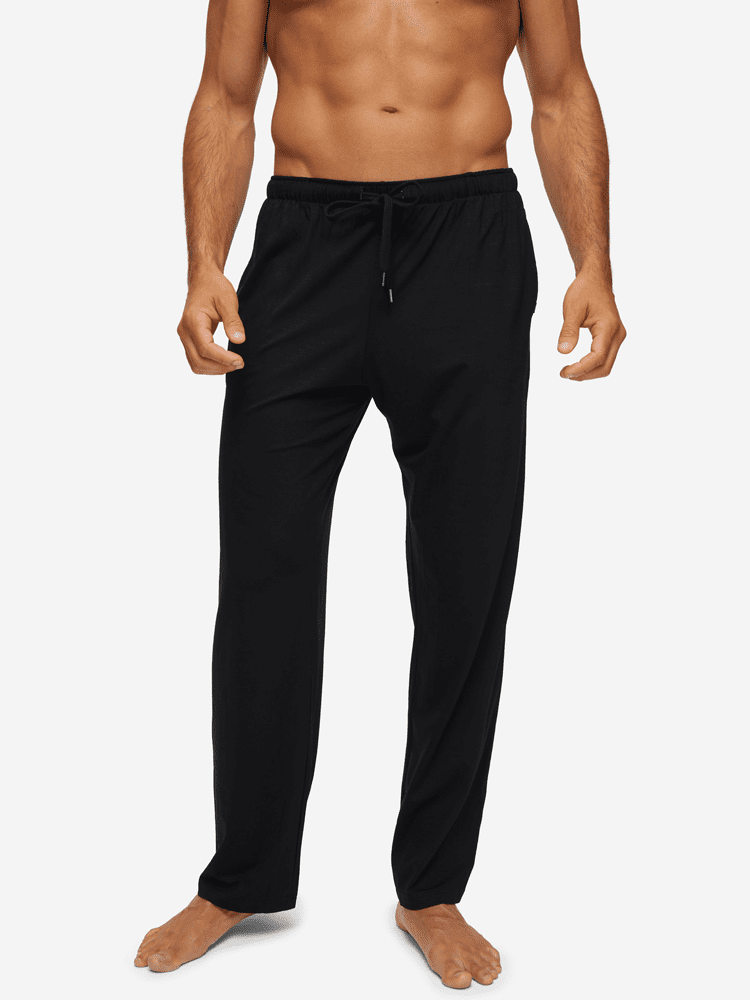
Finding reliable and trustworthy apparel suppliers in China can be a daunting task, especially for small businesses looking to enter the global fashion market. It is crucial to conduct thorough research and due diligence before entering into any agreements or partnerships. One common challenge faced by clothing manufacturers for small businesses is the difficulty in identifying wholesale urban clothing distributors in China who can provide high-quality garments at competitive prices. To avoid this pitfall, it is recommended to attend trade shows and exhibitions in China, where you can directly connect with suppliers and assess their product offerings. Additionally, reaching out to industry associations and trade organizations can provide valuable insights and recommendations on reputable suppliers in the Chinese fashion manufacturing industry.
Another challenge to be aware of is the issue of language and cultural barriers when dealing with Chinese suppliers. Effective communication is key to successful collaboration, and it is essential to establish clear lines of communication from the outset. Hiring a translator or interpreter who is familiar with the fashion industry can greatly facilitate discussions and negotiations. Additionally, taking the time to understand and appreciate Chinese business culture can go a long way in building strong relationships with suppliers. This includes being aware of etiquette, customs, and the importance of face-saving in Chinese business interactions. By being proactive in addressing these challenges, small businesses can navigate the complexities of working with Chinese apparel suppliers and mitigate potential risks.
Future Trends and Opportunities in the Chinese Fashion Manufacturing Industry
As the Chinese fashion manufacturing industry continues to thrive, there are a multitude of future trends and opportunities that are worth exploring. One of the key areas of growth lies in OEM clothing, which stands for Original Equipment Manufacturer. This business model allows brands to outsource the production of their clothing to specialized manufacturers in China. With its vast network of skilled artisans and advanced manufacturing capabilities, China is poised to become a leading provider of OEM clothing for global fashion brands.
Another important trend to watch out for in the Chinese fashion manufacturing industry is the rise of sustainable and ethical production practices. As consumers become increasingly conscious about the environmental and social impact of their clothing choices, there is a growing demand for sustainable fashion. Chinese manufacturers are recognizing this shift in consumer preferences and are investing in eco-friendly materials, ethical labor practices, and waste reduction initiatives. This presents a significant opportunity for fashion brands that prioritize sustainability to partner with Chinese manufacturers who share their values and can help them produce environmentally-friendly and socially responsible garments.
FAQs
What is the rising influence of China in the global fashion industry?
China has become one of the leading players in the global fashion industry, with its manufacturing capabilities, vast consumer market, and affordable labor costs contributing to its rising influence.
Why is China considered a dominant fashion manufacturing hub?
China offers a combination of cost-effective production capabilities, a well-established supply chain, and a skilled workforce. This makes it a preferred choice for many fashion brands and retailers looking to manufacture their products.
What factors make China an attractive apparel supplier?
China’s advantages as an apparel supplier include competitive pricing, large-scale production capabilities, access to raw materials, advanced technology, and efficient logistics networks.
How do I navigate the complexities of sourcing fashion products from China?
Sourcing fashion products from China requires careful planning, research, and due diligence. It is essential to establish clear communication channels, understand product quality standards, and comply with legal and regulatory requirements.
How can I evaluate the quality and ethical standards of Chinese apparel suppliers?
It is crucial to conduct thorough supplier audits, request samples, and review certifications such as ISO, SA8000, or WRAP. Additionally, checking for compliance with labor and environmental regulations is essential to ensure ethical sourcing practices.
What tips can you provide for finding reliable and trustworthy apparel suppliers in China?
To find reliable suppliers in China, consider using reputable sourcing platforms, attending trade shows, conducting background checks, requesting referrals, and establishing personal relationships through regular visits.
How can I negotiate pricing and payment terms with Chinese apparel suppliers?
Negotiating pricing and payment terms with Chinese apparel suppliers involves conducting market research, understanding production costs, negotiating volume discounts, and building long-term partnerships based on trust and mutual benefits.
How can I overcome language and cultural barriers when dealing with Chinese suppliers?
Hiring a translator or interpreter, learning basic Chinese phrases, employing bilingual staff, and understanding Chinese business culture can help bridge the language and cultural gaps when working with Chinese suppliers.
What common pitfalls and challenges should I avoid when working with Chinese apparel suppliers?
Common challenges include intellectual property theft, communication issues, quality control problems, cultural differences, and supply chain disruptions. Mitigating these risks requires proactive planning, clear contracts, and ongoing relationship management.
What are the future trends and opportunities in the Chinese fashion manufacturing industry?
The Chinese fashion manufacturing industry is expected to further embrace automation and digitalization, focus on sustainability and ethical practices, cater to the growing demand for customization, and tap into emerging markets both domestically and internationally.

